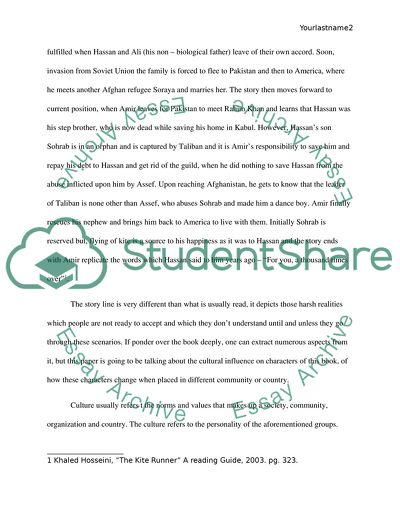Cite this document
(The Kite Runner: Cultural Influence on Characters Book Report/Review, n.d.)
The Kite Runner: Cultural Influence on Characters Book Report/Review. https://studentshare.org/literature/1814527-cultural-influence-on-characters
The Kite Runner: Cultural Influence on Characters Book Report/Review. https://studentshare.org/literature/1814527-cultural-influence-on-characters
(The Kite Runner: Cultural Influence on Characters Book Report/Review)
The Kite Runner: Cultural Influence on Characters Book Report/Review. https://studentshare.org/literature/1814527-cultural-influence-on-characters.
The Kite Runner: Cultural Influence on Characters Book Report/Review. https://studentshare.org/literature/1814527-cultural-influence-on-characters.
“The Kite Runner: Cultural Influence on Characters Book Report/Review”. https://studentshare.org/literature/1814527-cultural-influence-on-characters.


